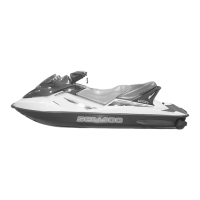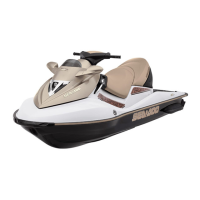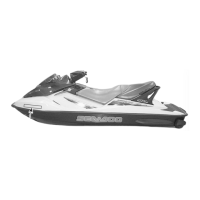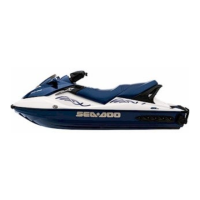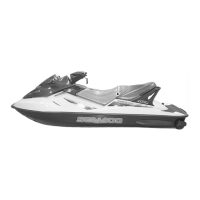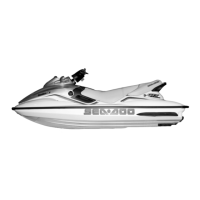What to do if Sea-Doo Boat has long beep when installing safety lanyard?
- TTerry ChapmanSep 4, 2025
If your Sea-Doo boat experiences a long beep while installing the safety lanyard, try reinstalling the safety lanyard cap correctly over the post. Ensure you are using a safety lanyard that has been programmed for the watercraft, and try another programmed safety lanyard. Clean the safety lanyard cap to remove any dried salt water.
